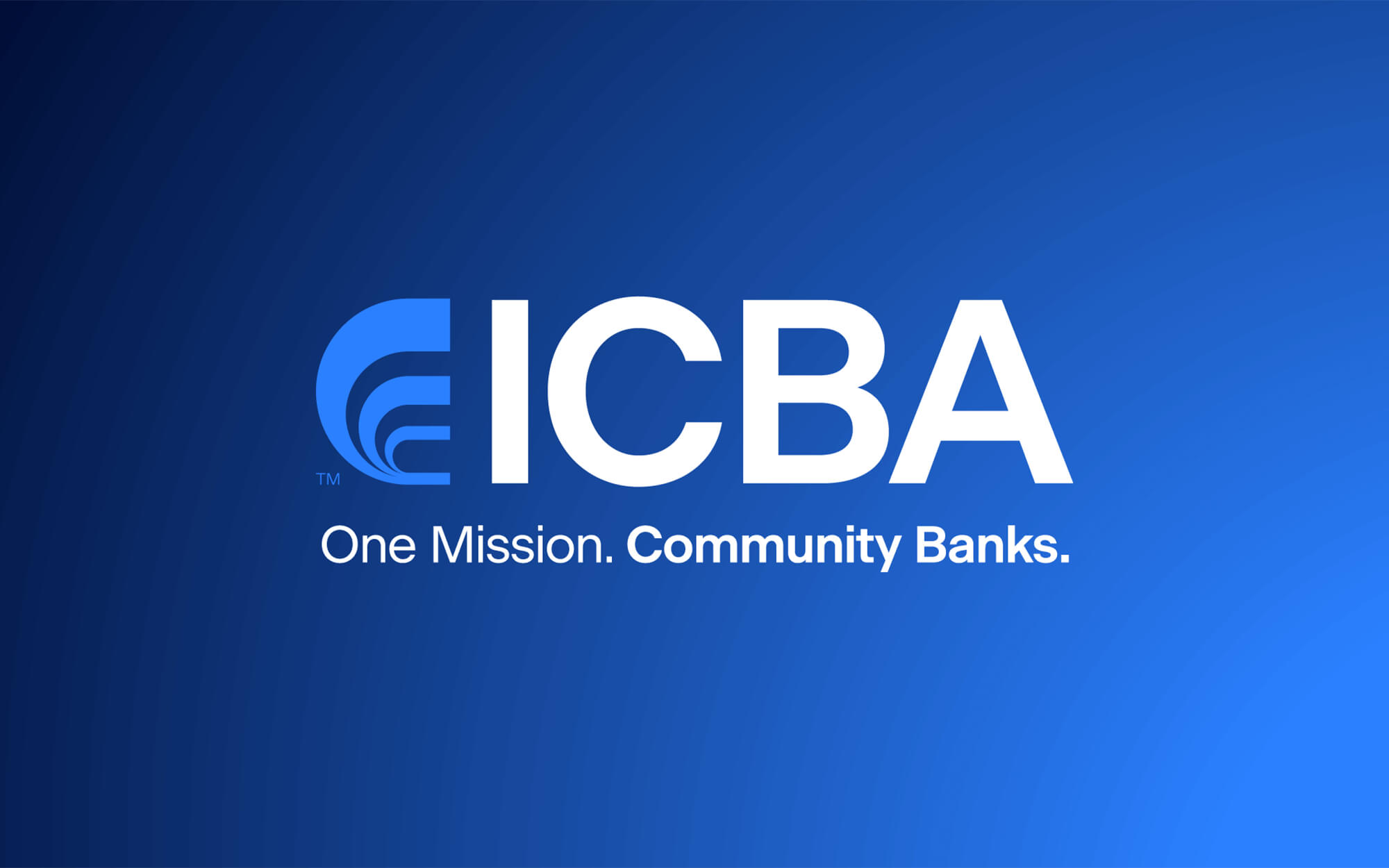New Regulations and Recent Data Breaches Behind Three Percent Overall Rise in Concern
Wolters Kluwer today announced results of its annual Regulatory and Risk Management Indicator survey of U.S. banks and credit unions, showing that regulatory compliance and risk management concerns have inched up three percent over 2016 results. While concerns over several specific challenges such as fair lending exam scrutiny and new Home Mortgage Disclosure Act rules remained high, other compliance-related factors—including the ability to track, maintain and report to regulators—remained steady or declined slightly. The Indicator survey was sent to banks and credit union nationwide earlier this fall and generated 608 responses.
Overall, risk management concerns jumped by 13 percent over the 2016 Indicator results. Cybersecurity and data security led the list of top risks that respondents anticipated giving escalated priority to in 2018, with an 83 percent ranking of “concerned” or “very concerned,” followed by IT risk (54 percent) and regulatory risk (50 percent). These responses echo and underscore recent statements from senior federal bank regulatory officials about burgeoning cybersecurity risks.
“These results—compiled against a backdrop of highly publicized data breaches at well-known entities, and at a time when financial institutions are preparing for the implementation of the most significant set of HMDA changes in several decades—drove the increase in concerns expressed in this year’s survey,” said Timothy R. Burniston, Senior Advisor and Principal Regulatory Strategist at Wolters Kluwer.
When asked about the likelihood of a measurable reduction in regulatory burden anticipated over the next couple years, 69 percent responded that such relief was “not likely.”
Interested in discussing this and other topics? Network with and learn from your peers with the app designed for community bankers. Join the conversation with ICBA Community.
Efforts in implementing risk management programs remained relatively steady, with modest progress in those characterizing their organization’s efforts as having either an integrated, strategic risk management program (37 percent) or a well-defined but not enterprise-wide implemented program (33 percent) versus those in the early stages of program development (22 percent).
Respondents expressed concern about optimizing their organization’s compliance costs (78 percent), reducing exposure to financial crime (72 percent), and managing compliance monitoring and testing (73 percent). In a free-text response question, the Home Mortgage Disclosure Act rules going into effect January 1, 2018 were cited as the single biggest compliance challenge.
Regulatory examiners’ scrutiny of fair lending programs was seen as a growing pain point, jumping five percent over the prior year’s survey, with 46 percent of respondents noticing either a considerable or slight increase in scrutiny based on their institution’s most recent exam.
Respondents cited a multitude of obstacles to managing an effective compliance program, led by “inadequate staffing” (46 percent), “manual rather than automated processes,” (39 percent), and “too many competing priorities” (34 percent).
“The survey responses, when viewed collectively, reinforce for financial institutions the strategic imperative of having a proactive, well-staffed and supported corporate compliance program that operates across the three lines of defense —the business units, along with compliance/risk and audit areas—in tandem with an overarching risk management framework integrated with all lines of business,” said Burniston.
For more information on 2017 Indicator results, please visit Wolters Kluwer






